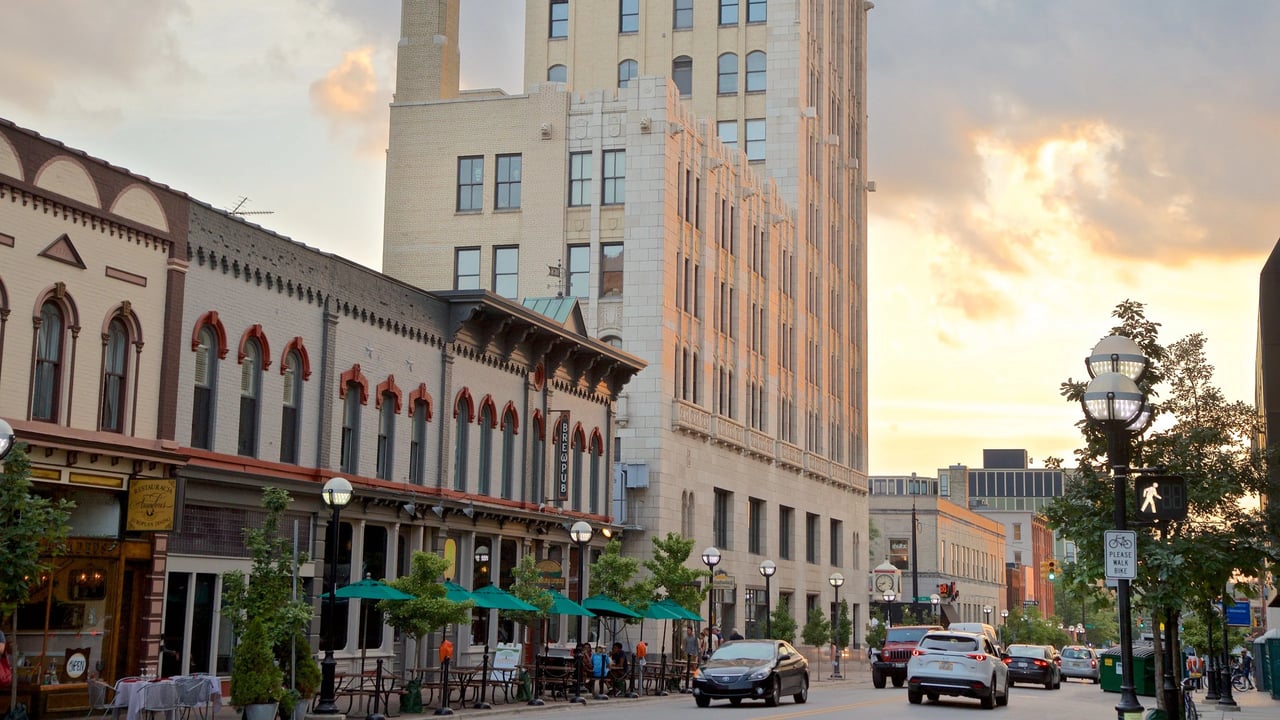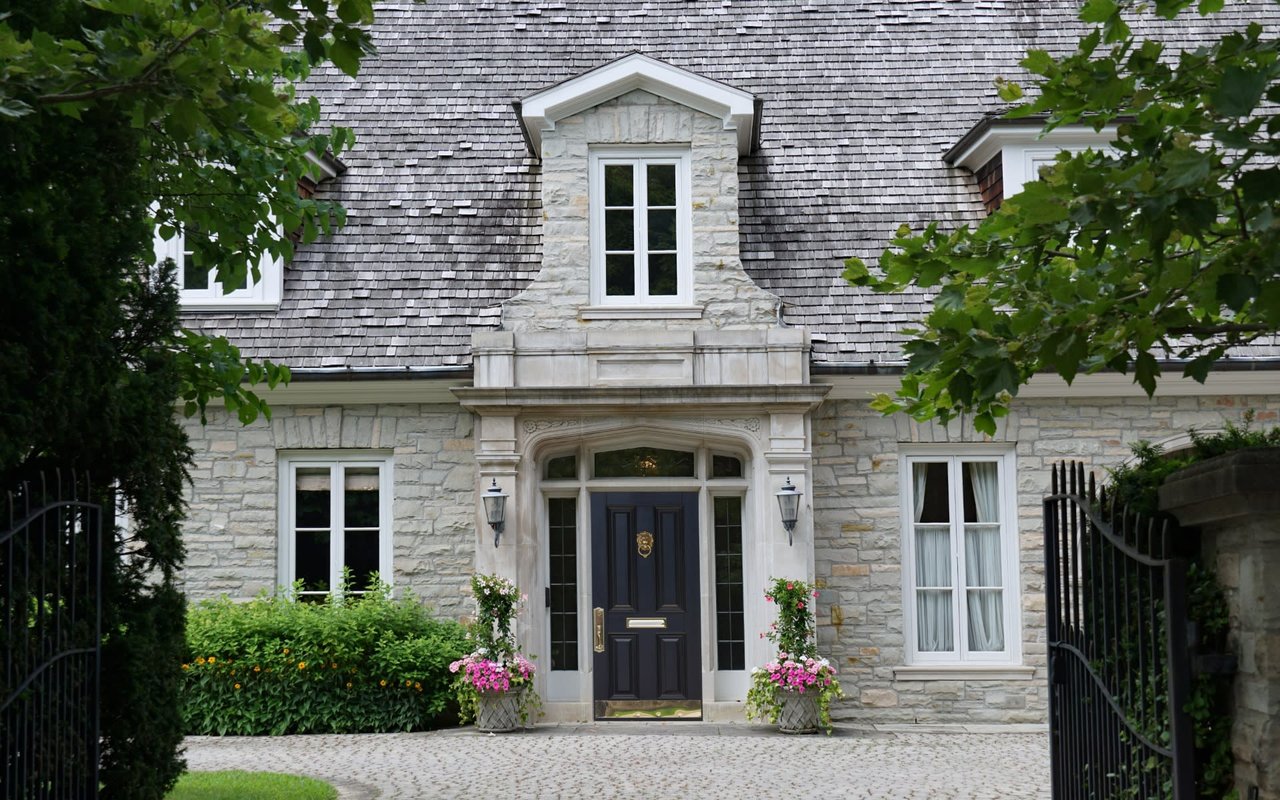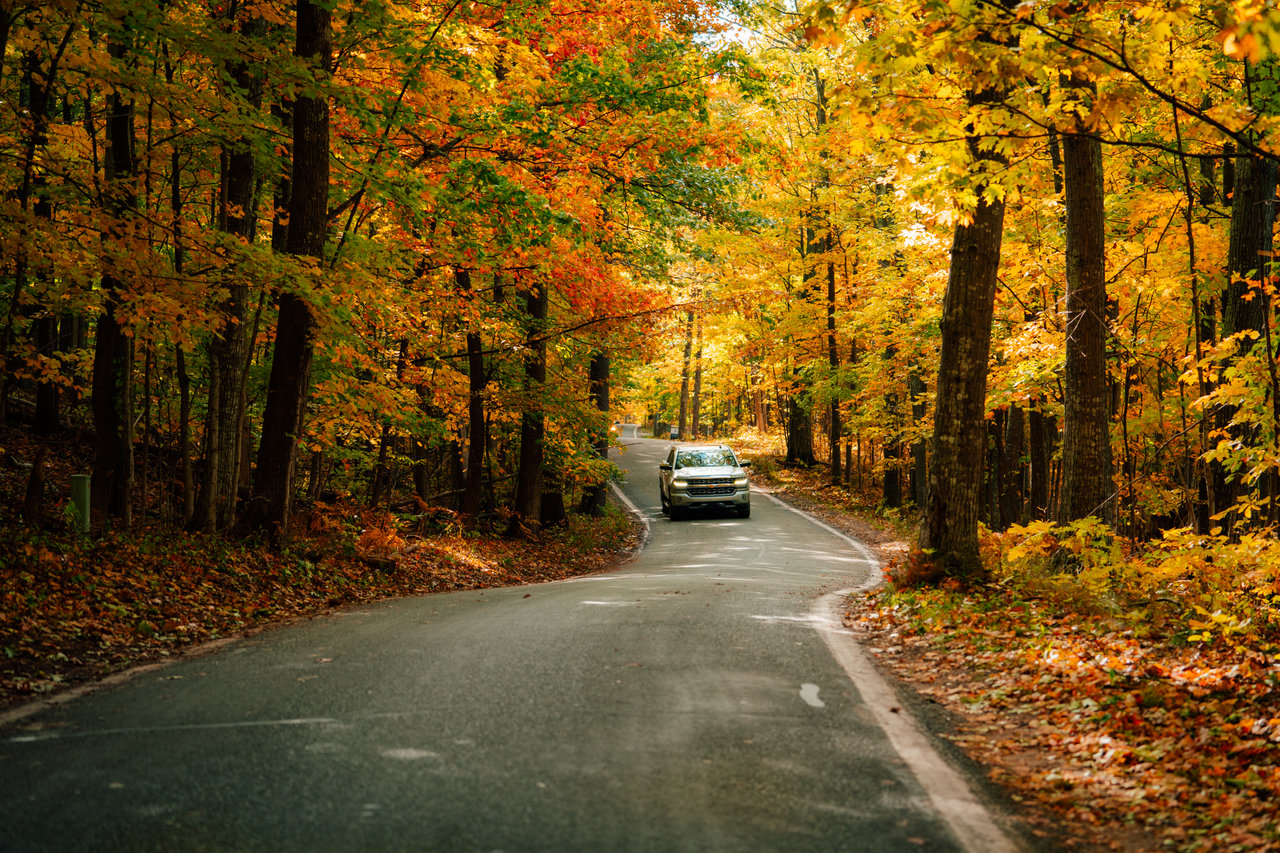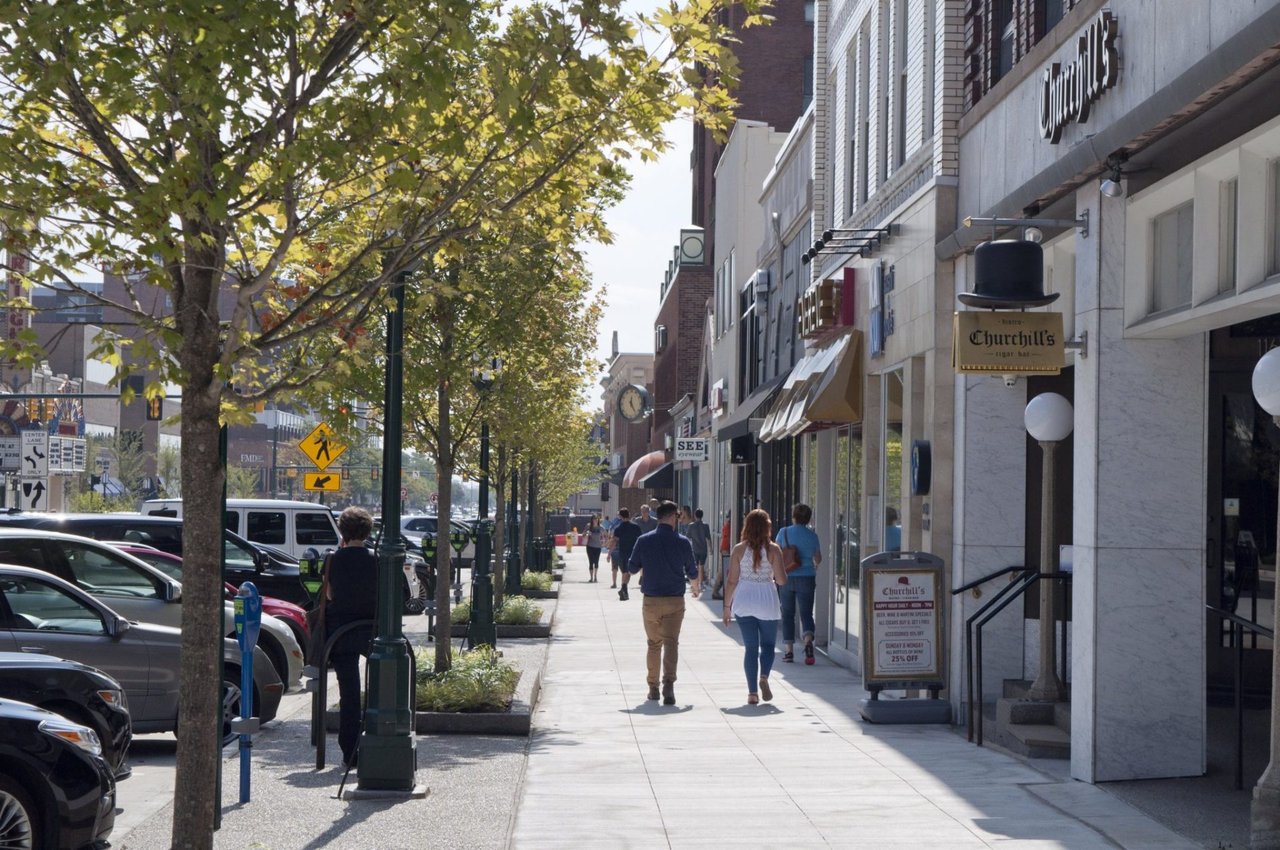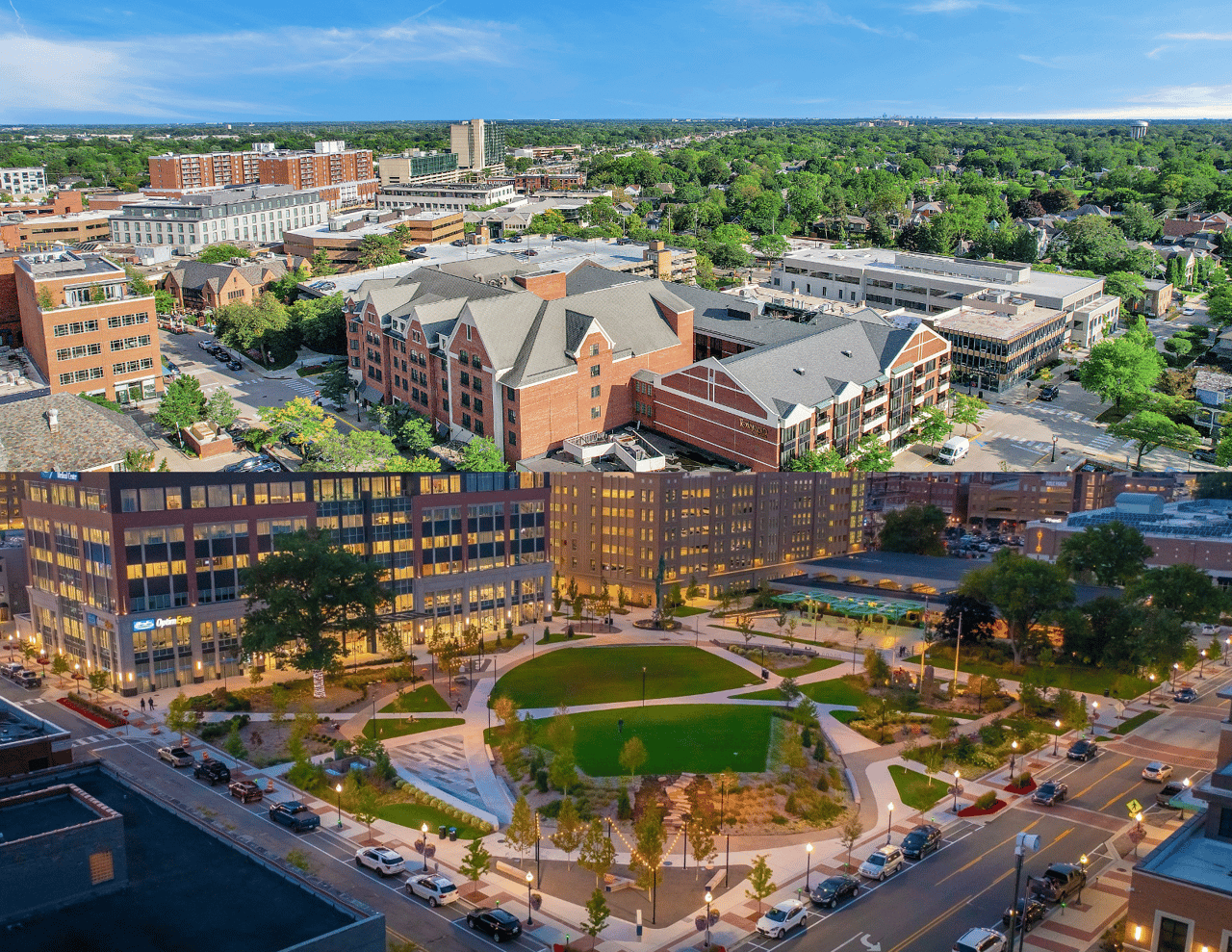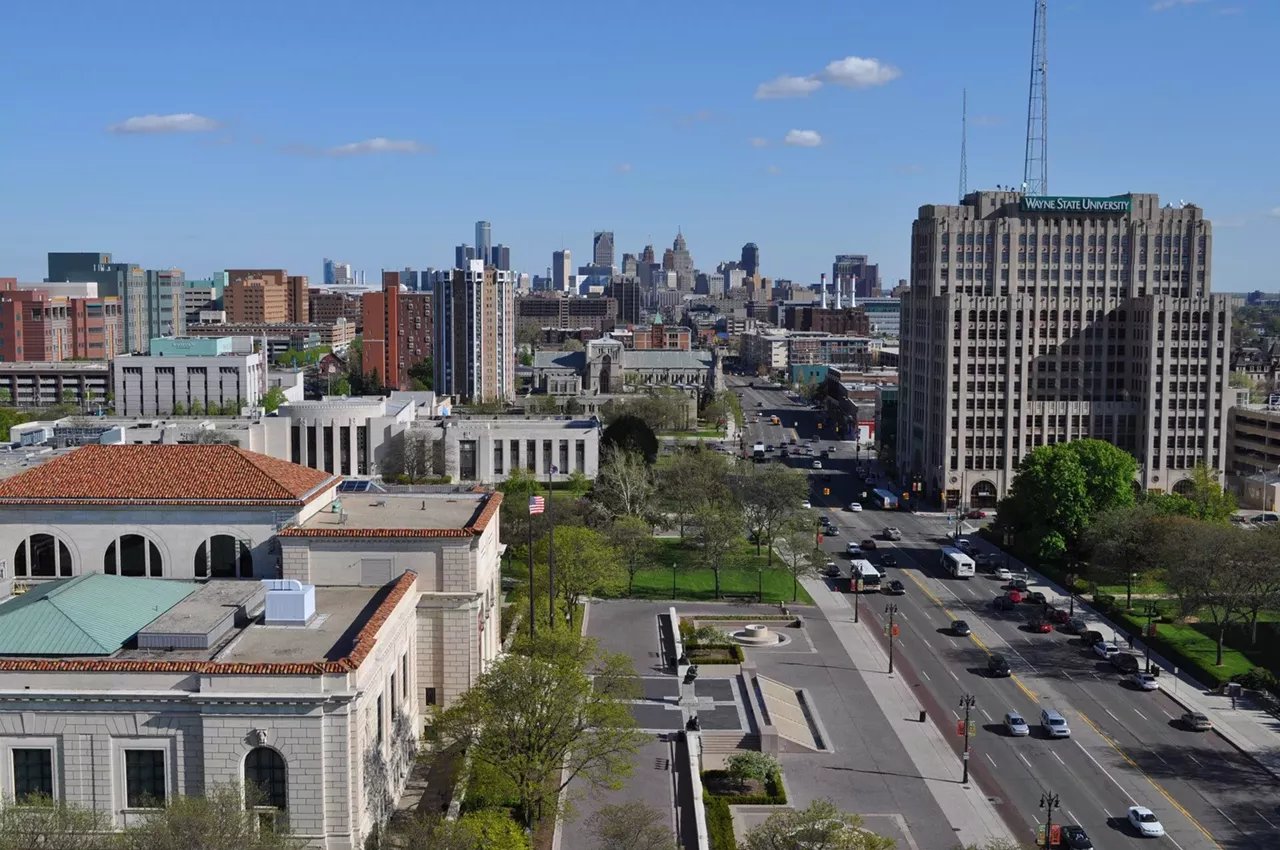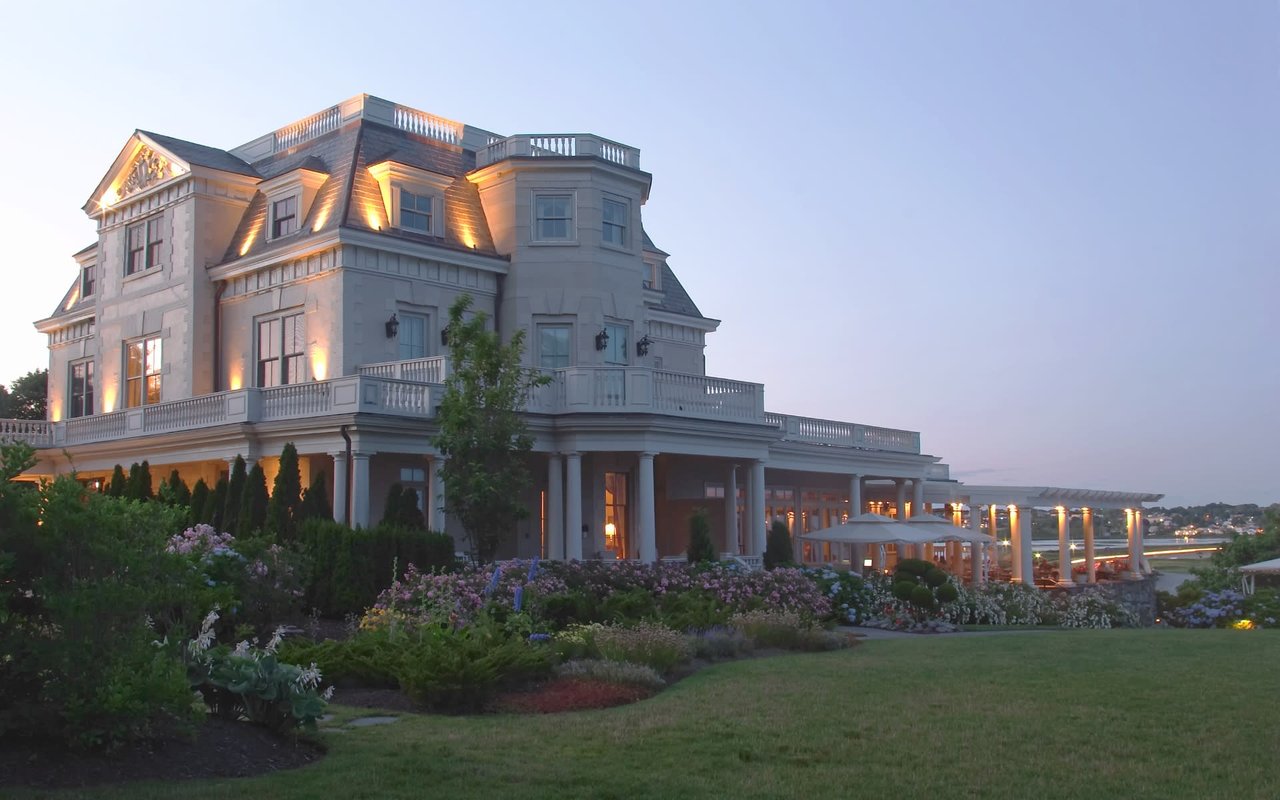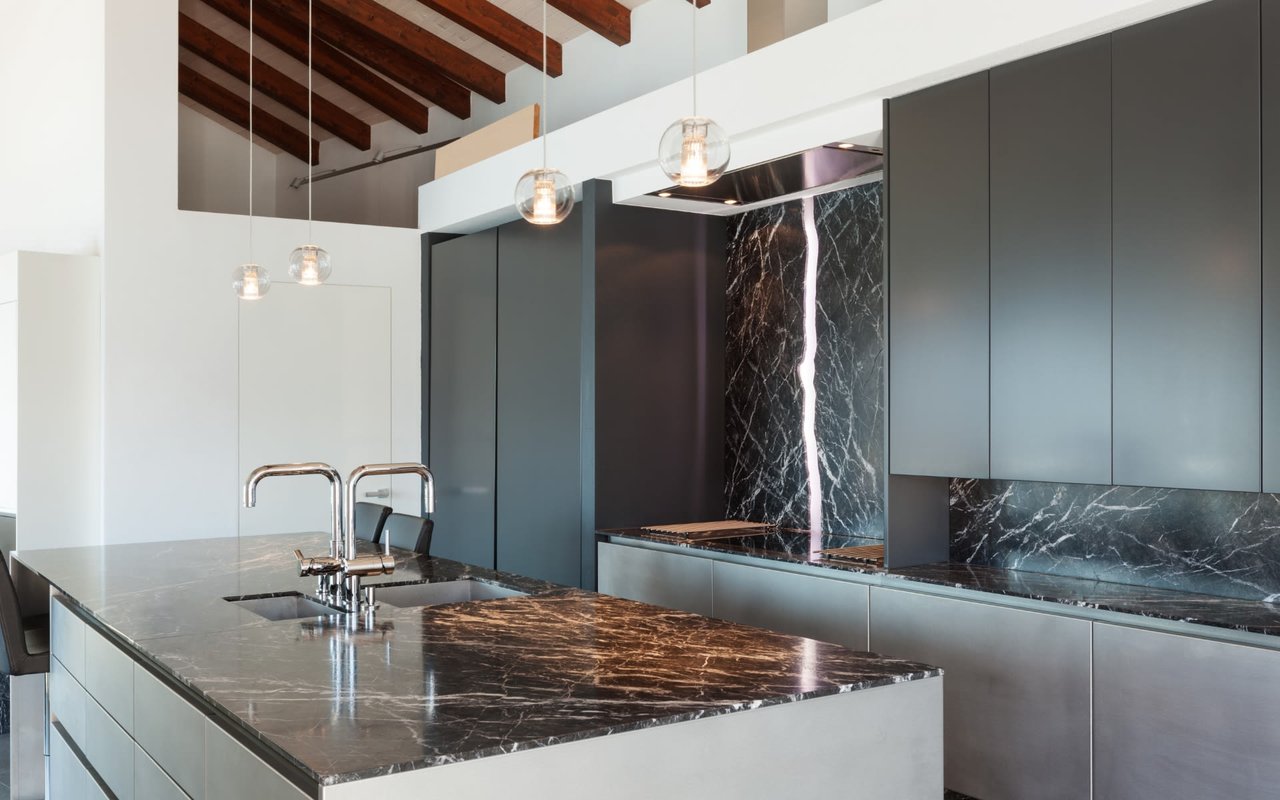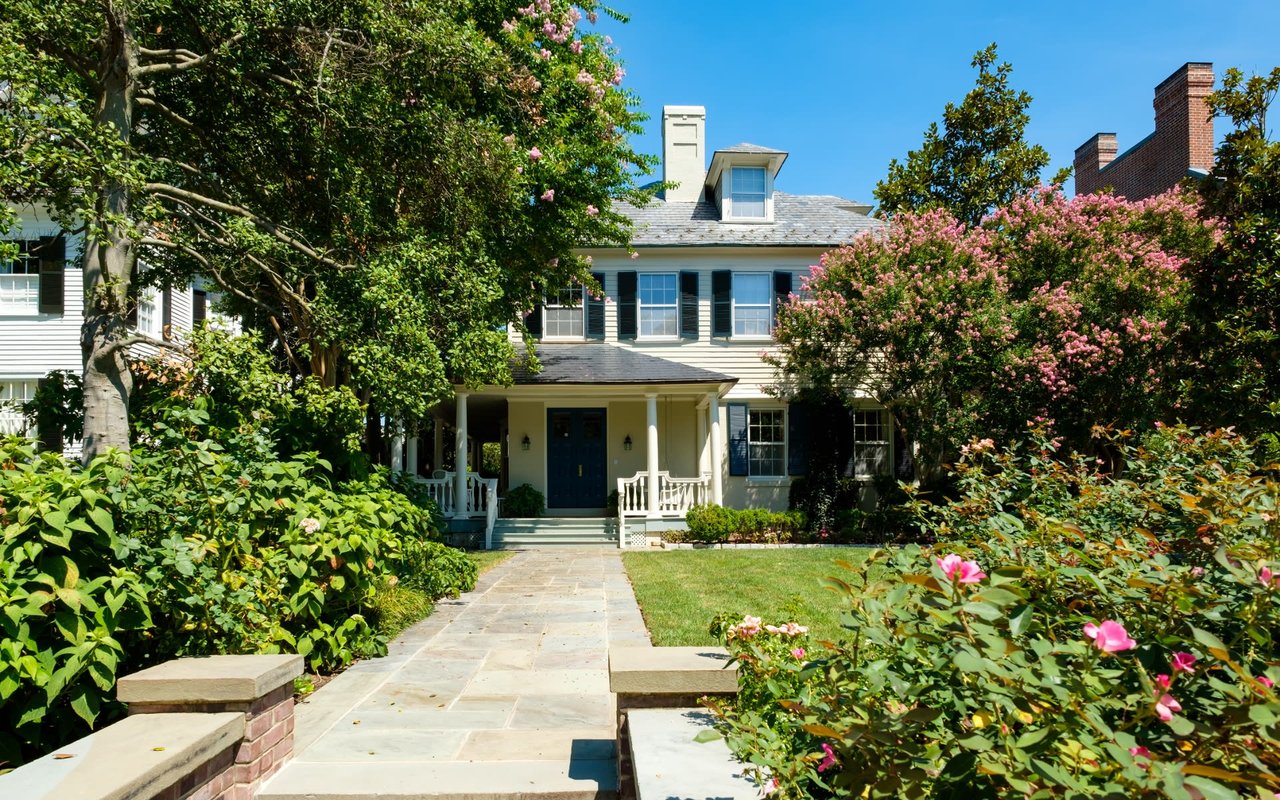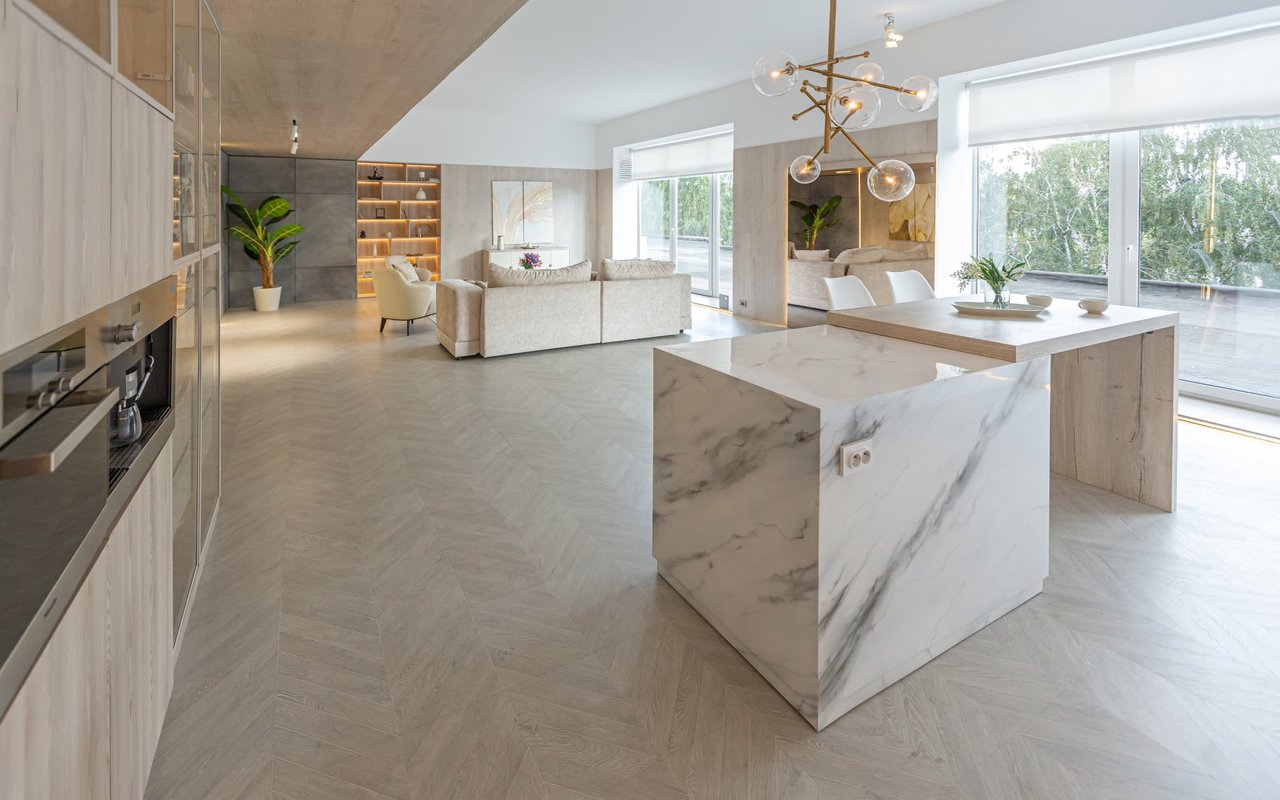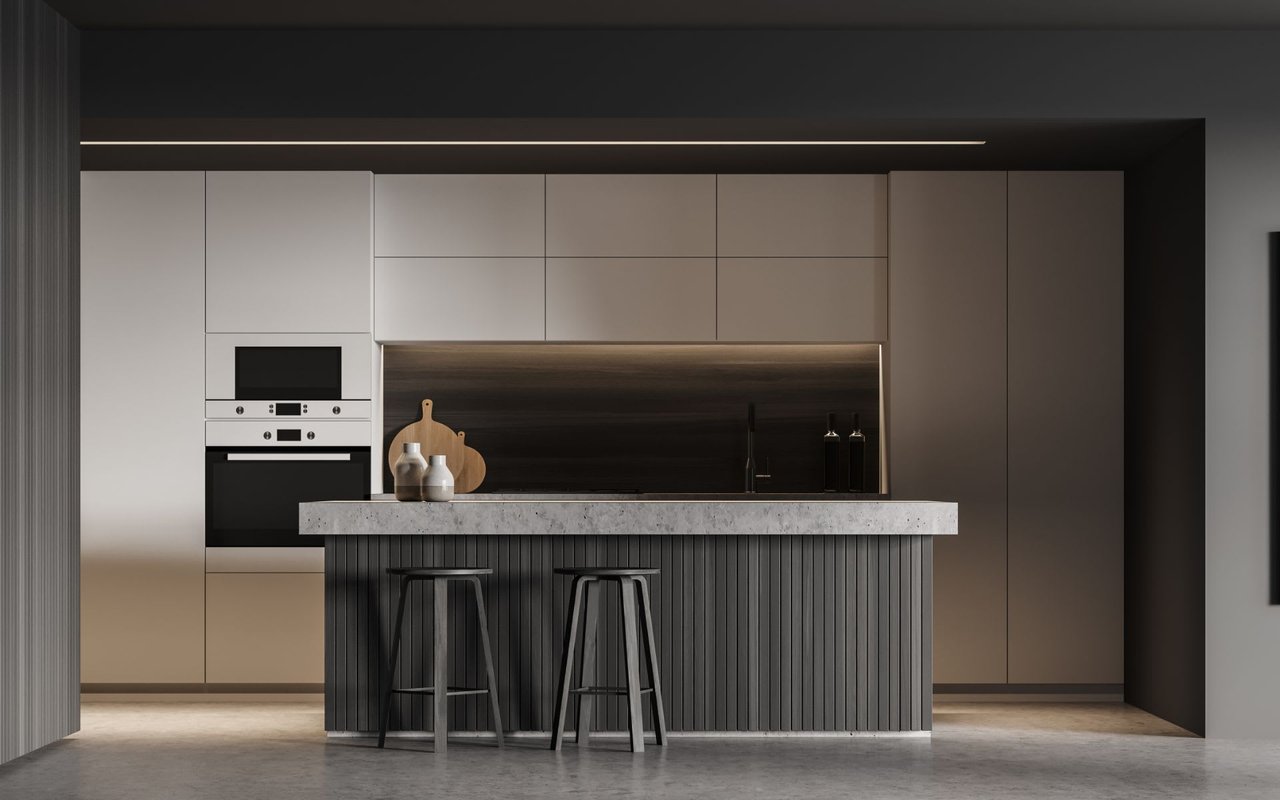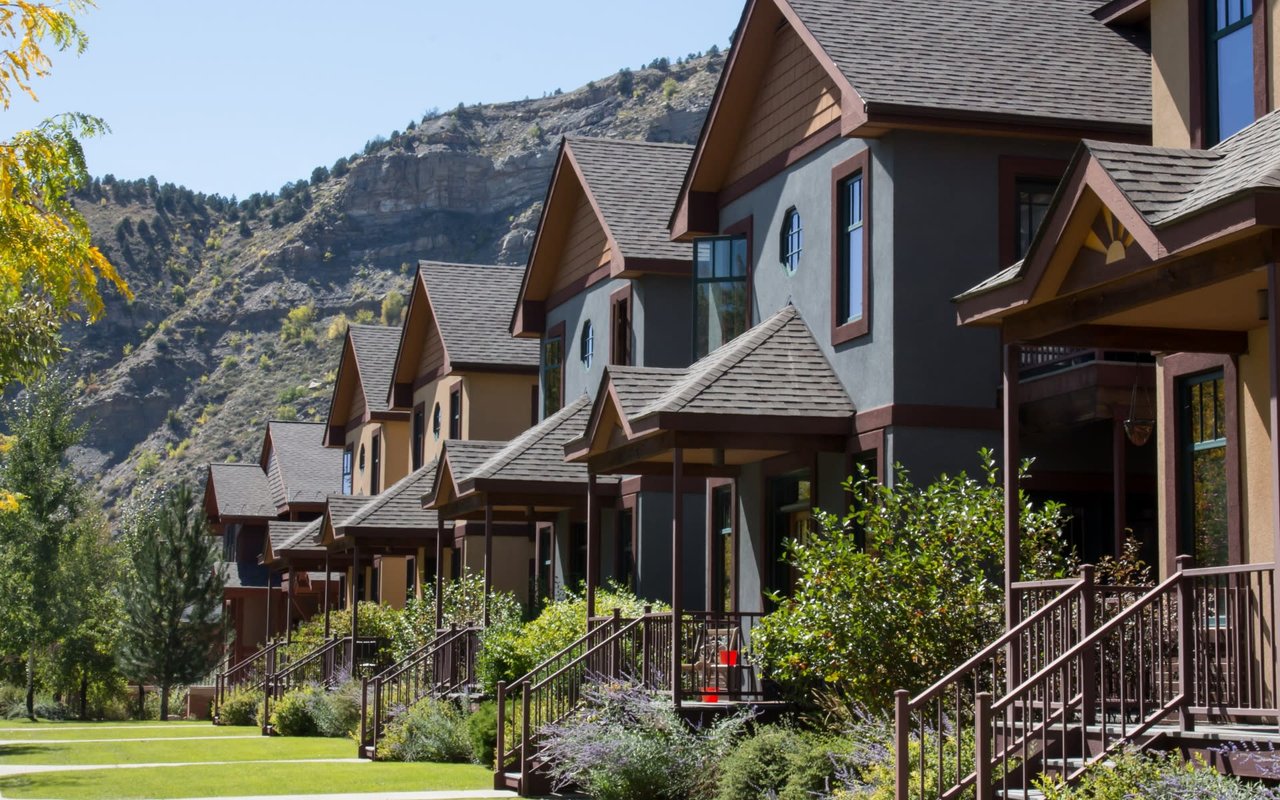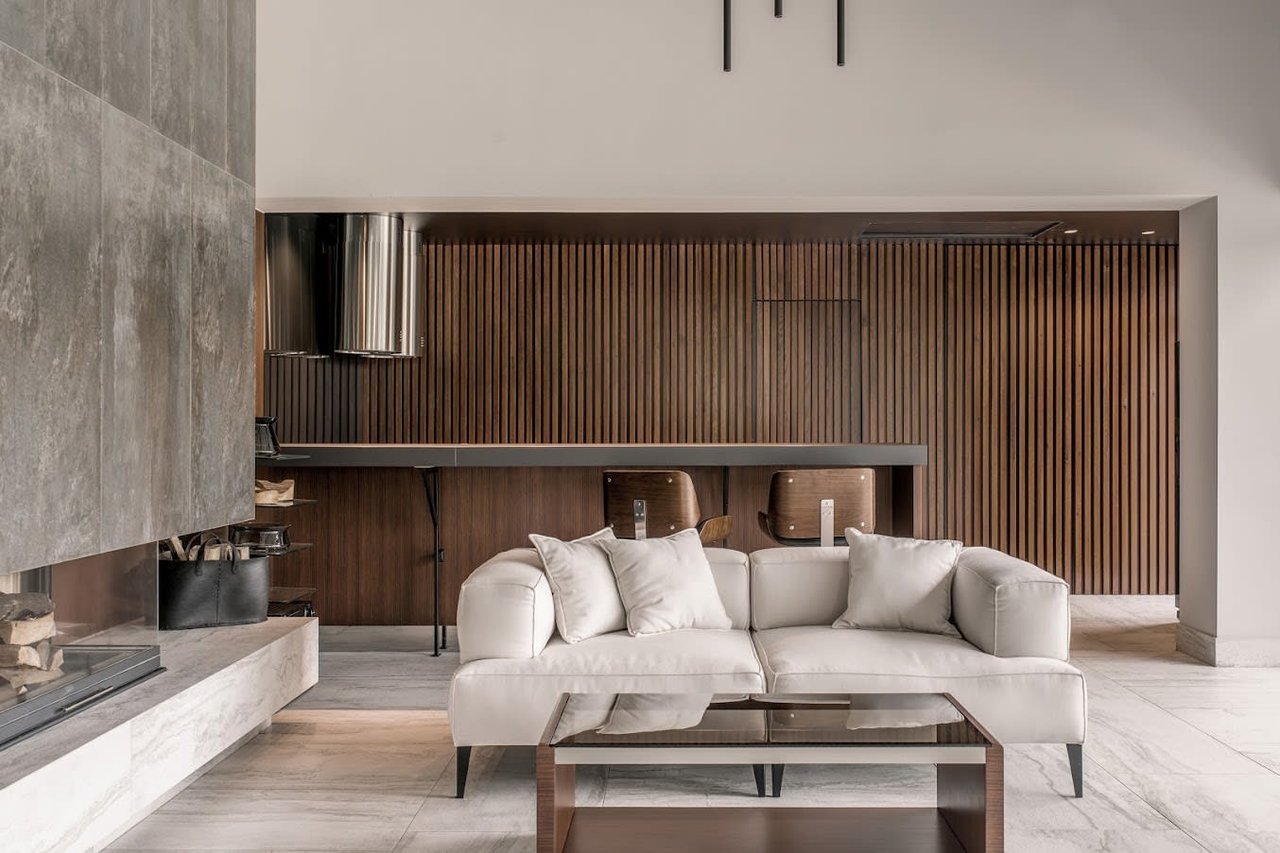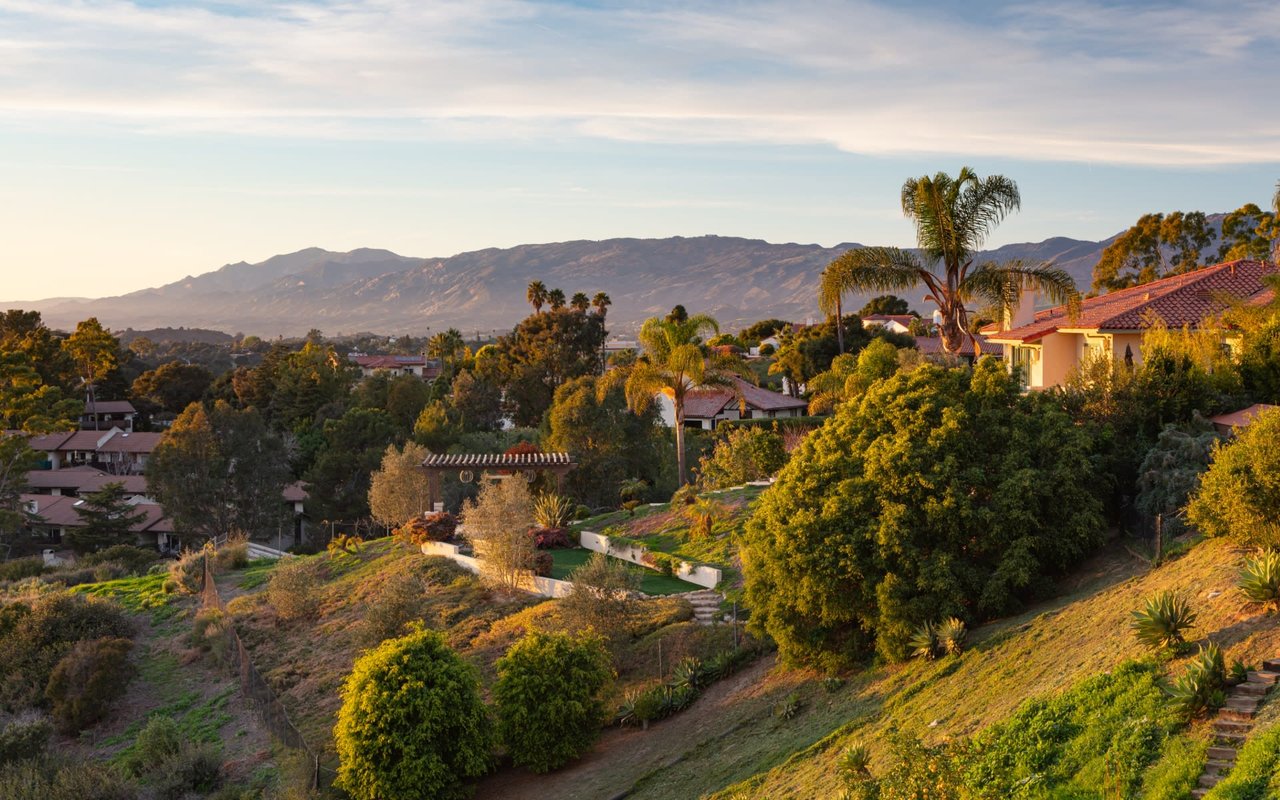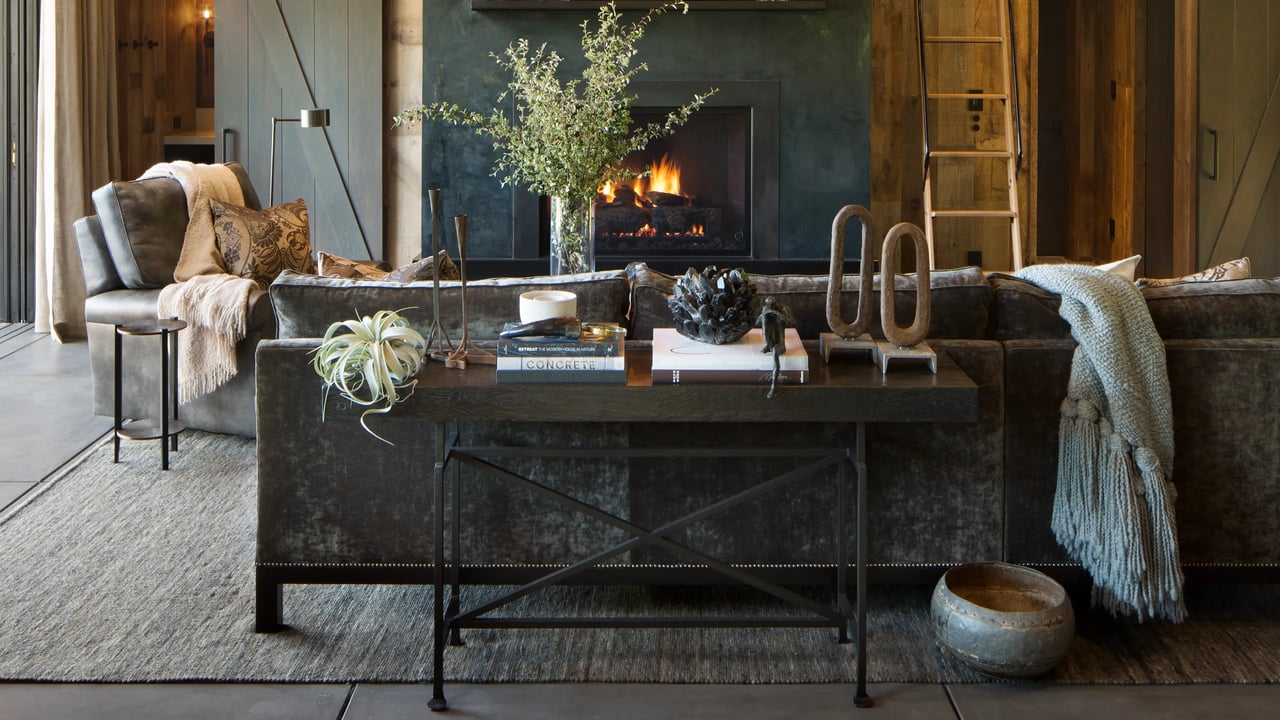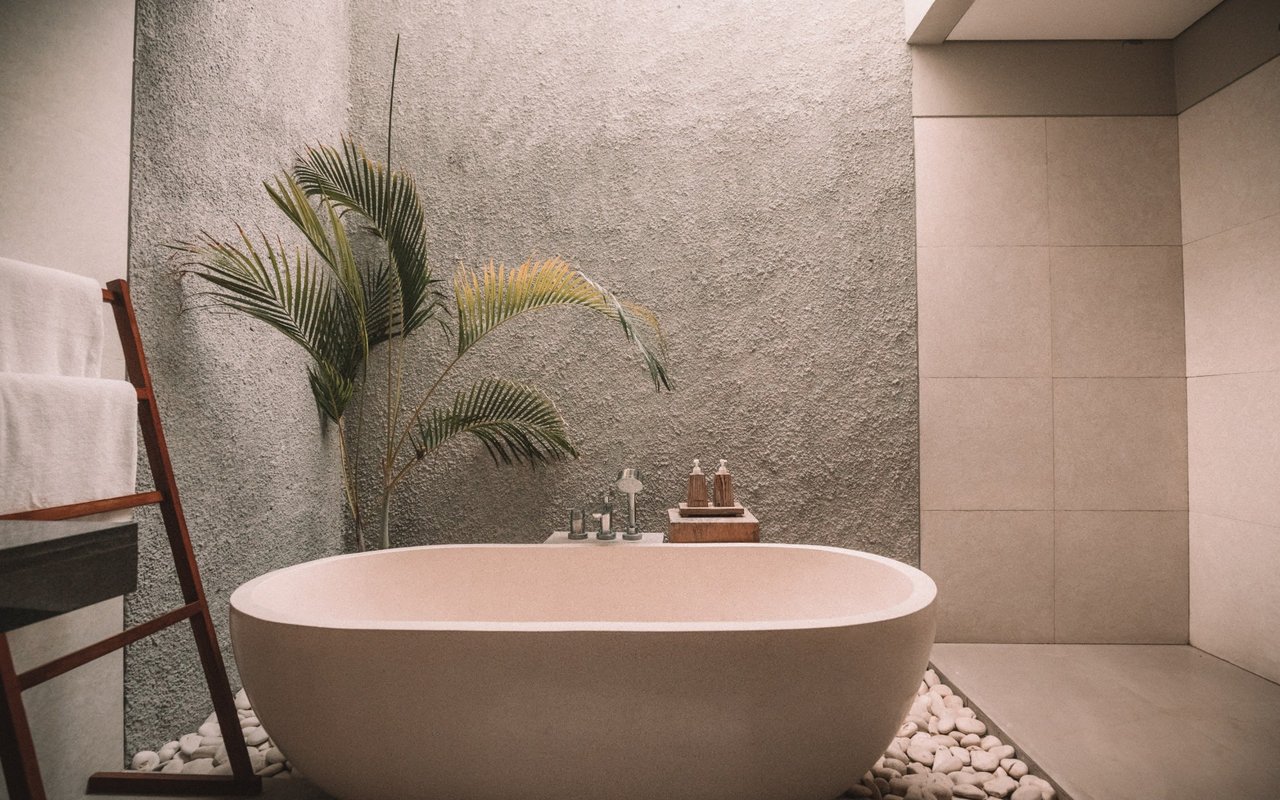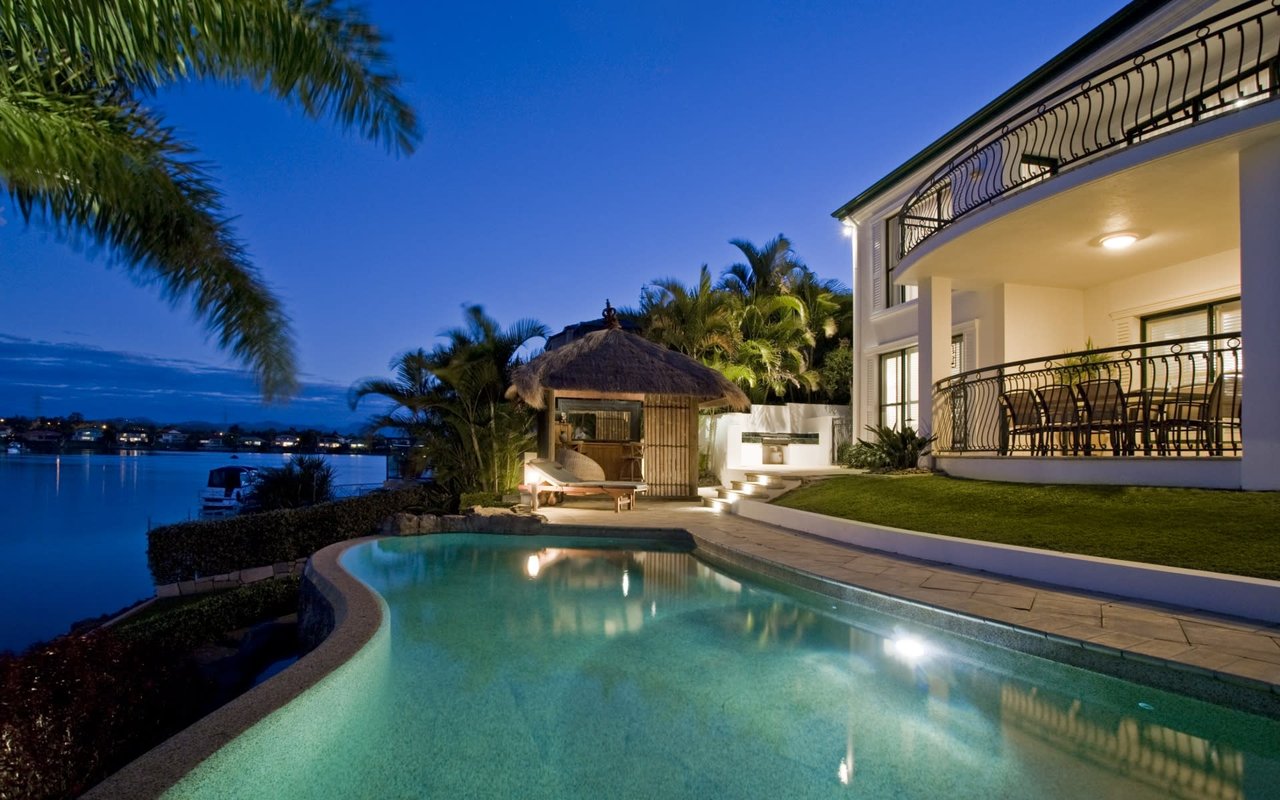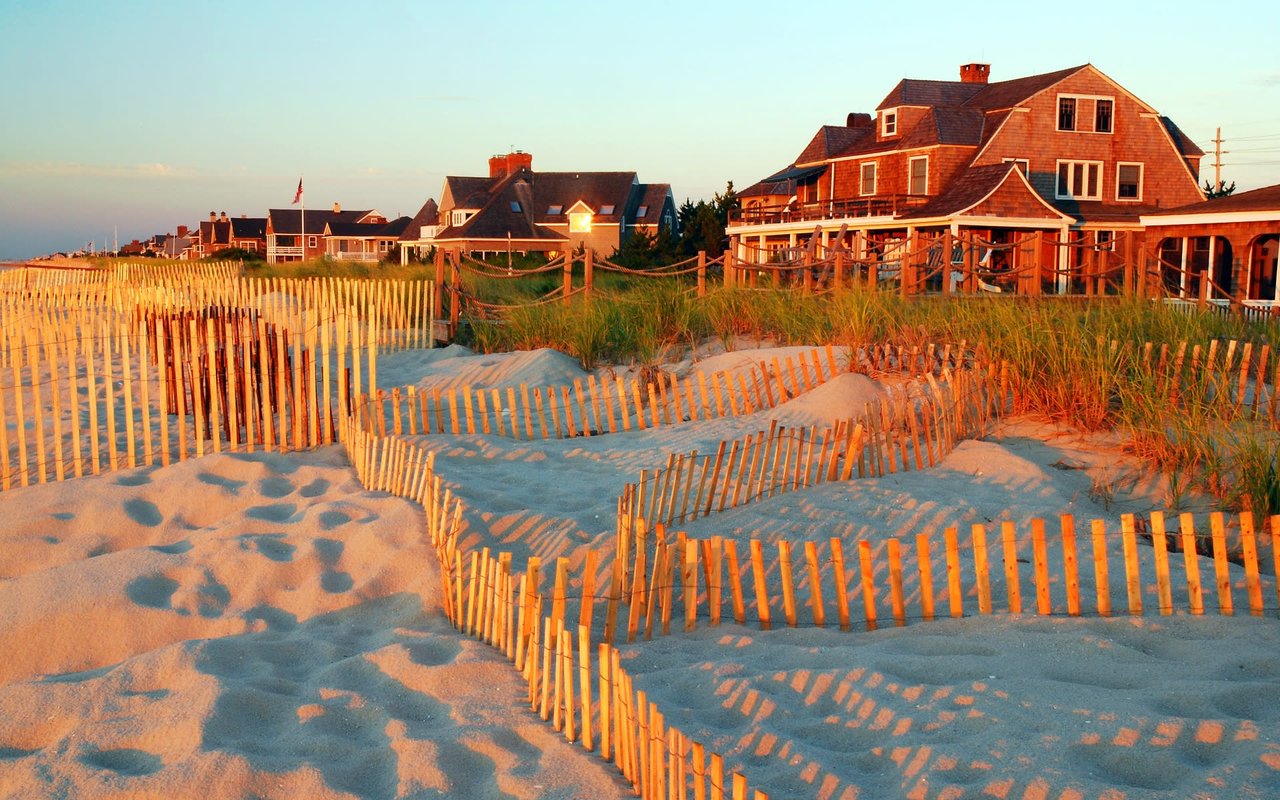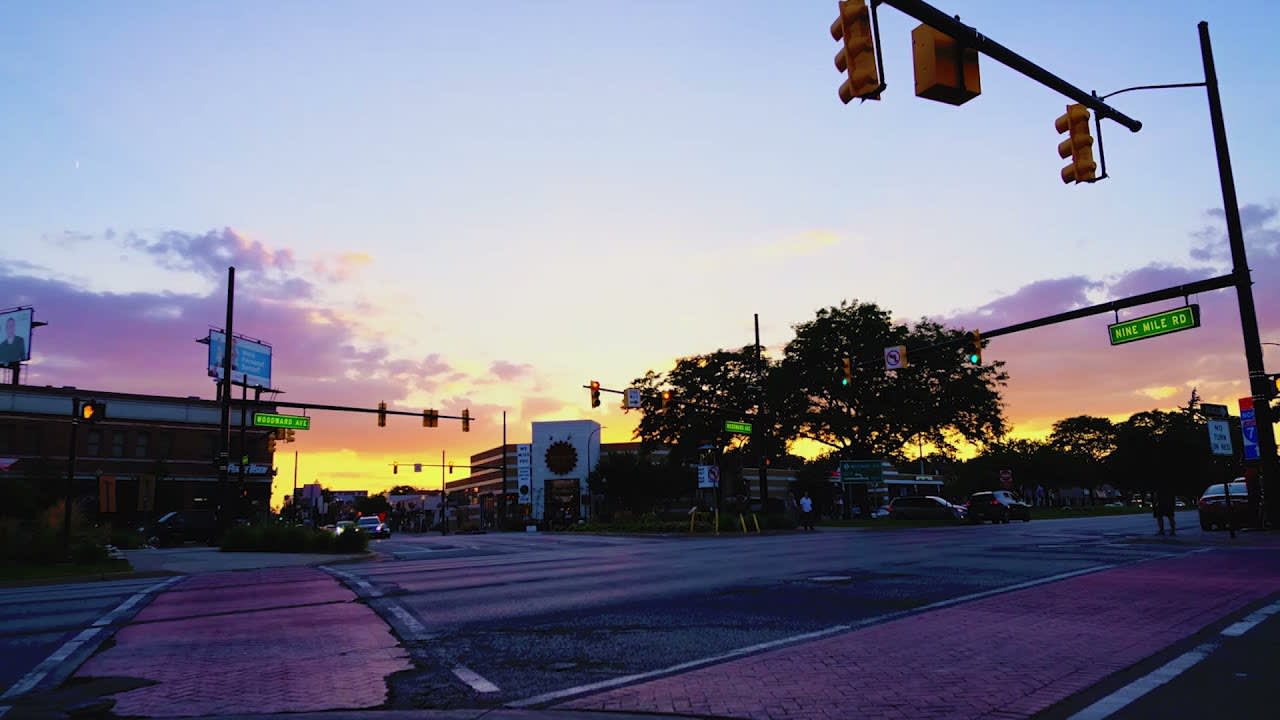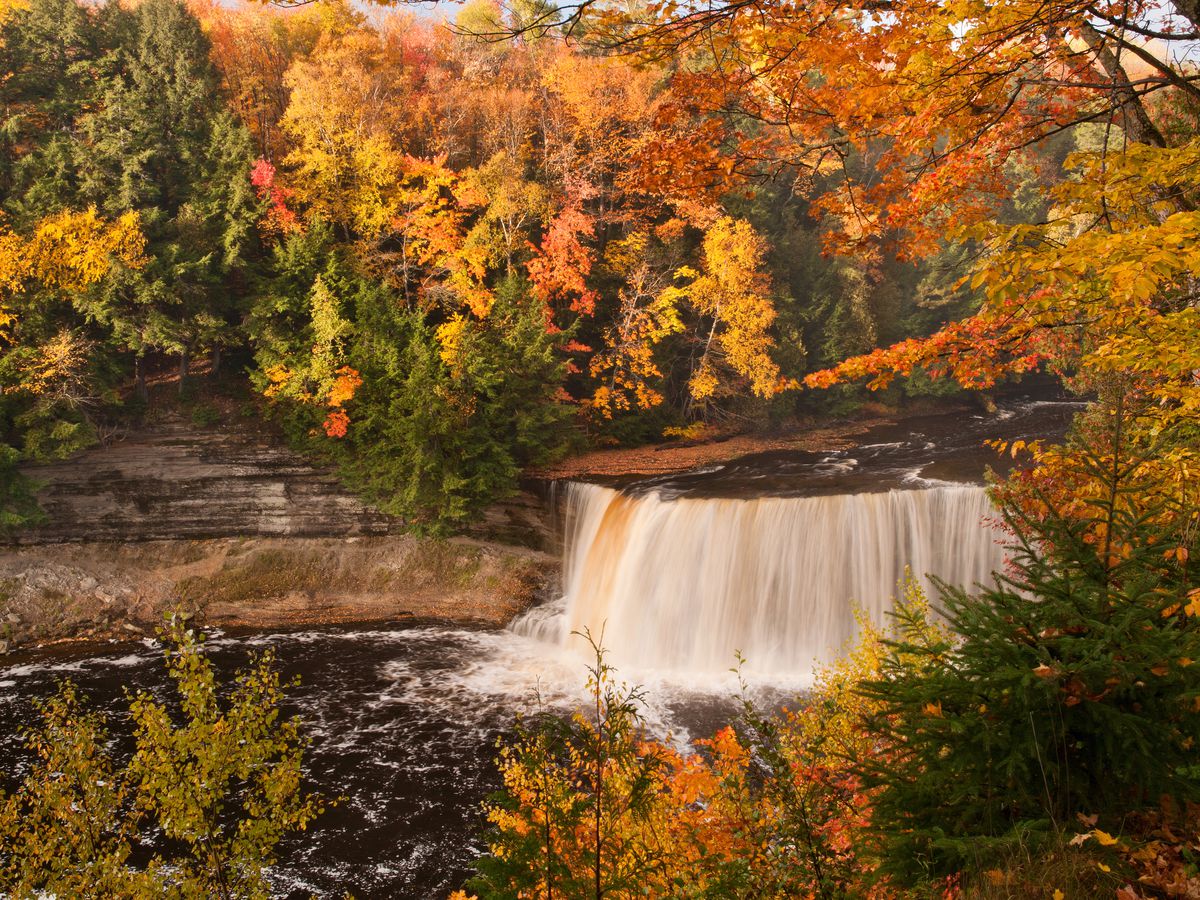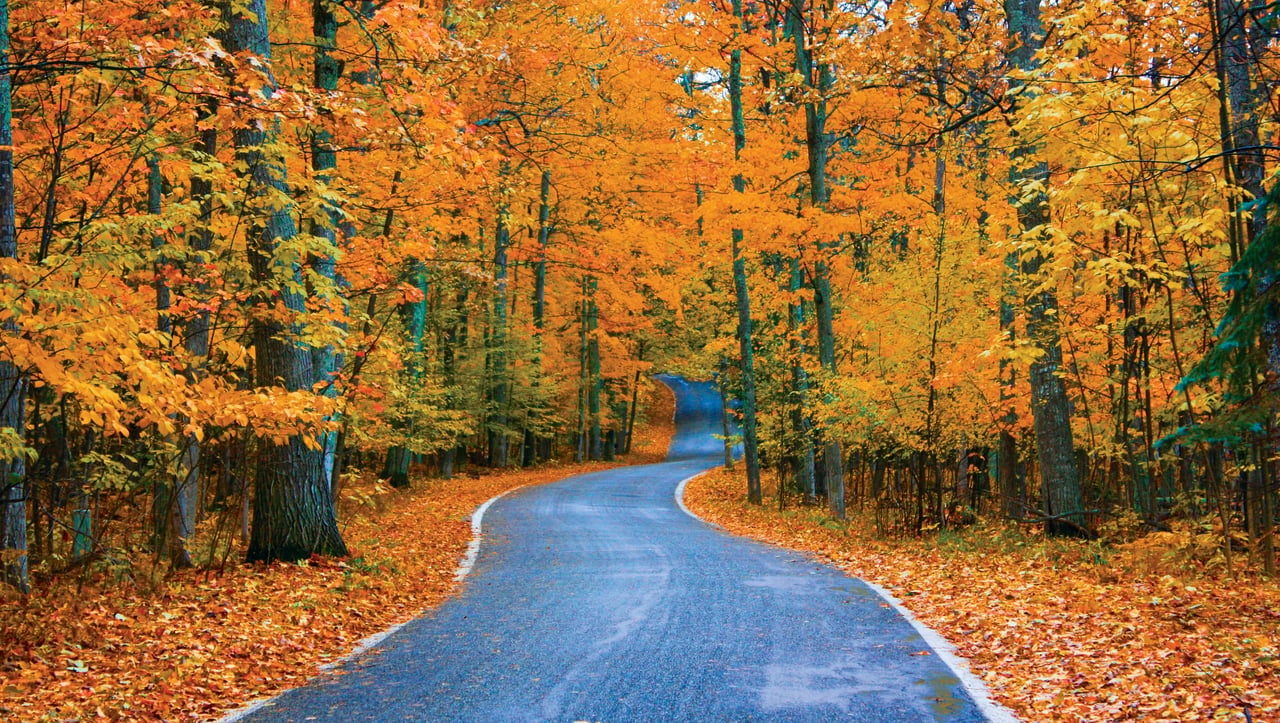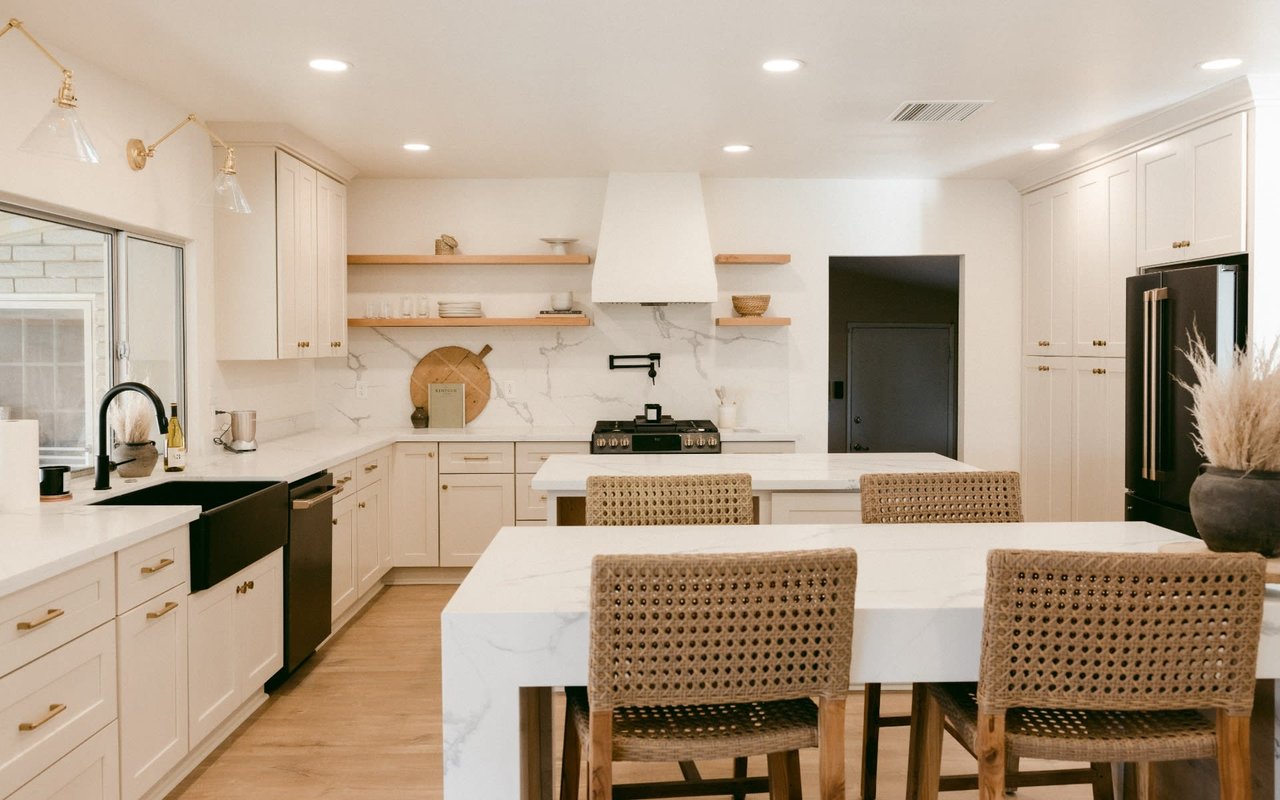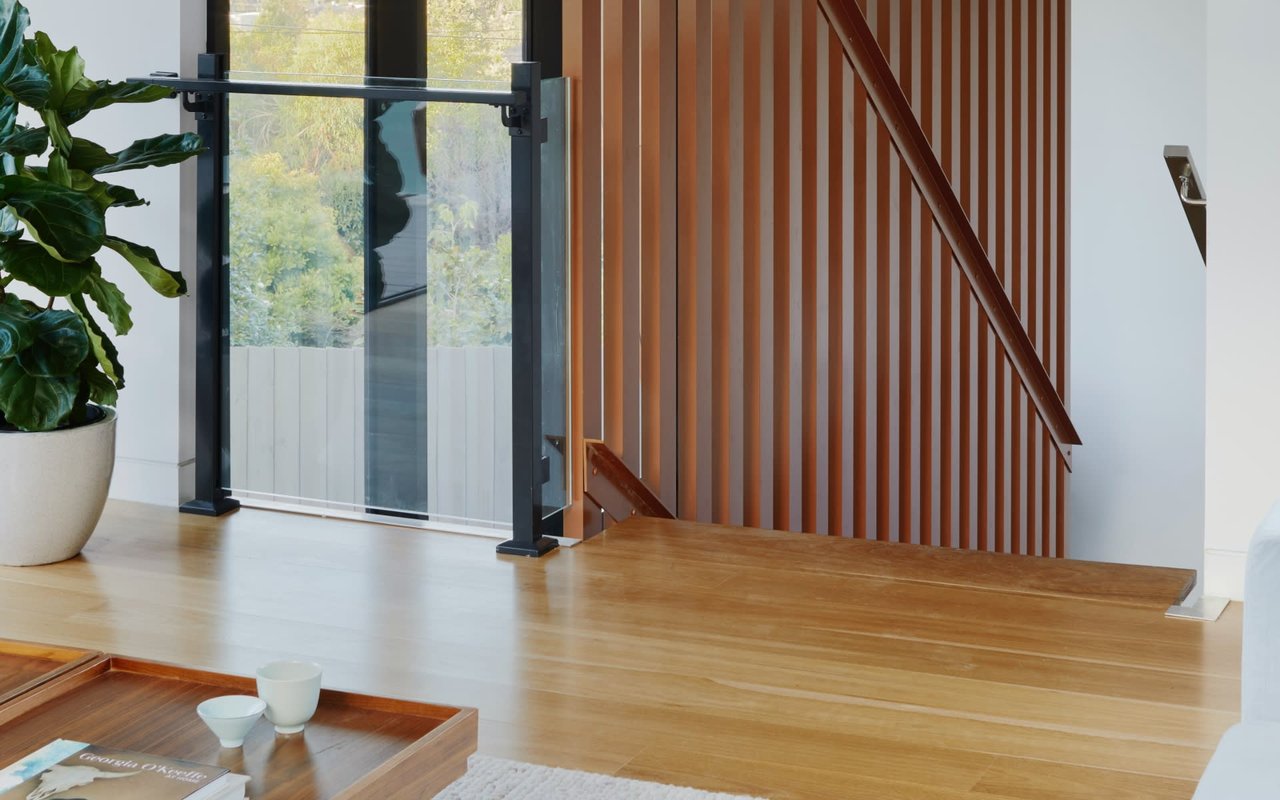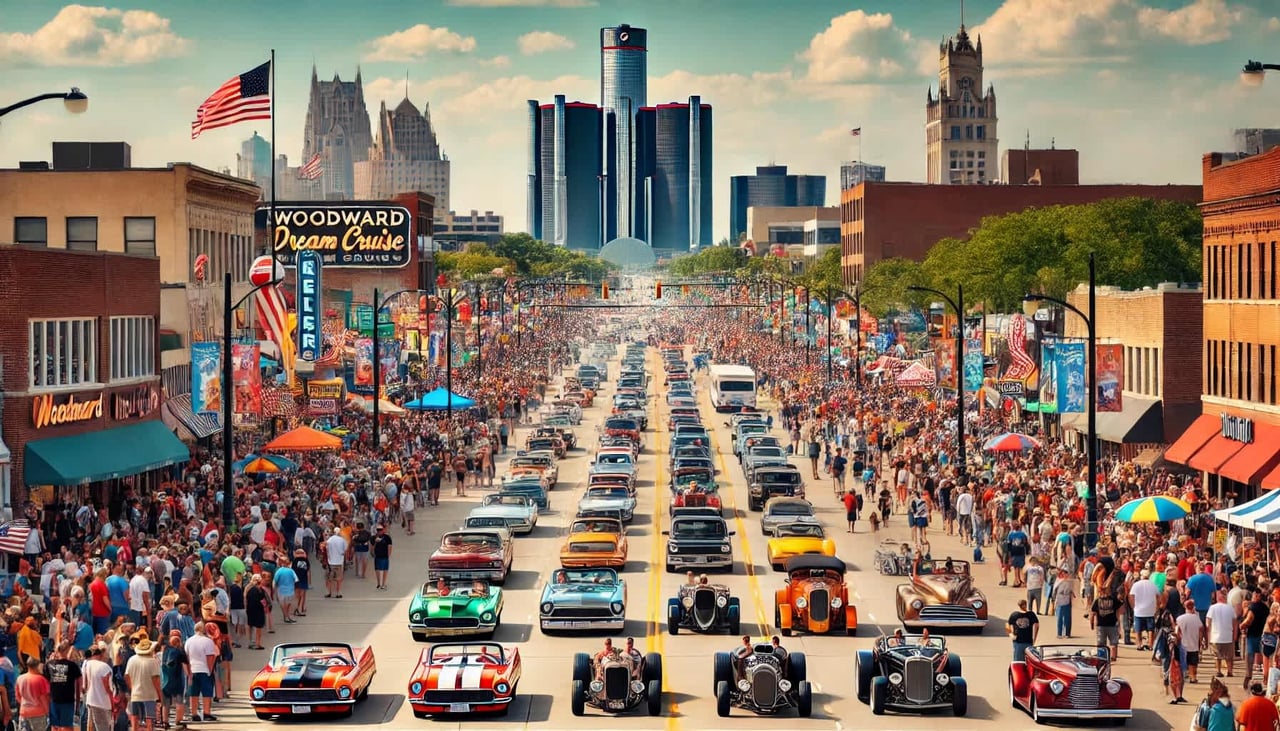Walkable neighborhoods aren’t just a passing trend, they’re a lifestyle choice that’s reshaping how people choose where to live. In an era where convenience, wellness, and community connection matter more than ever, these areas offer more than charming streetscapes. They reduce car dependence, promote daily physical activity, and create vibrant hubs where culture, dining, and shopping are steps away from your front door.
In Metro Detroit, the walkability movement is gaining momentum. Historic districts are being revitalized with boutique retail and chef-driven restaurants, while newer developments are intentionally designed for pedestrians first. The result is a patchwork of neighborhoods, both urban and suburban, that merge old-world character with modern convenience. From the café-lined streets of Ferndale to the upscale boulevards of Birmingham, these walkable enclaves are redefining what it means to live well in Southeast Michigan.
Berkley - Main Street, Small-Town Scale, Big Local Flavor
Berkley’s downtown is a compact, highly walkable main street that feels like the best parts of a small town updated for modern life. The commercial strip is dense, dozens of independent eateries, specialty food purveyors, neighborhood-scale boutiques, and service businesses are packed within a few blocks, making it easy to run multiple errands on foot. The business association promotes events and seasonal programming that keep the sidewalks active; residents routinely walk to coffee shops, pizza spots, and bakeries for weekend brunch. Dining leans casual but excellent, family-run Italian, elevated comfort food, local gastropubs and a handful of chef-driven new spots, while shopping skews local: home-goods, apparel boutiques, specialty grocers, and a surprising number of artisan food vendors.
Parking is available but often unnecessary for short trips; many people living within a mile of downtown walk or bike. For professionals or families who want neighborhood scale without the formality of an upscale shopping district, Berkley’s walkable core is a particularly friendly, functional choice.
Royal Oak - A Lively Downtown Loop That Eats, Shops, and Plays
Royal Oak’s downtown is one of Metro Detroit’s most energetic pedestrian zones: multiple parallel streets host restaurants, bars, shops, and theaters within a very walkable radius. The independent and regional dining scene is broad, craft cocktail bars, wood-fire pizza, sushi, modern American tasting menus, and several acclaimed bakeries, so you can plan very different nights without leaving walking distance. Retail mixes national brands with local makers; you’ll find specialty stores, vintage shops, and gift boutiques clustered near the Royal Oak Music Theatre and Main Street. Events (county fairs, arts festivals, music events) draw crowds but the day-to-day pedestrian life is equally lively, parents with strollers, professionals grabbing lunch, and neighborhood groups meeting on sidewalks and patios.
Nightlife is a real part of the walkable economy here: restaurants stay open late and people stroll between dinner and drinks, which gives the area a sustained after-work energy. If you want a neighborhood where you can live car-optional for nights out and weekend errands, Royal Oak’s compact core makes that easy.
Birmingham - Old Woodward Elegance: Upscale Walkability
Birmingham’s downtown along Old Woodward Avenue is deliberately curated and highly walkable: wide sidewalks, streetscape landscaping, and a mix of high-end boutiques, jewelers, galleries, and specialty food shops create a pedestrian experience that feels elevated. Dining here trends upscale, chef-driven bistros, fine-dining establishments, polished wine bars, and destination cafés, so much of the foot traffic is leisure-oriented: slow lunches, evening dinners, weekend shopping strolls. The municipal approach (parking garages, short-term free parking policies, placemaking events) supports a retail environment where shoppers and diners feel welcome and safe.
Birmingham is particularly well suited to professionals or families who want an elegant, walkable retail and dining scene with higher-end offerings, if you value curated shopping and reservation-worthy restaurants, downtown Birmingham delivers in a way that feels consistently refined.
Ferndale - Indie, Inclusive, and Walkable Along Woodward
Ferndale’s downtown along Woodward Avenue is deliberately dense and very walkable. It’s a neighborhood built for exploration: short blocks, frequent crosswalks, and many locally owned businesses packed into a corridor. Food options are broad and often experimental, brewpubs, late-night kitchens, comfort fusion spots, and casual counters ideal for quick meals or grab-and-go. The recent openings from notable Detroit restaurateurs reflect growth without losing the independent character that defines Ferndale. Shopping leans independent: vintage stores, local designers, record shops, and specialty food retailers. Community events, parades, markets, pride events, activate the neighborhood and make it feel like an ongoing town square.
Ferndale is a fit for creative professionals and younger households who want an active social scene plus walkable, everyday convenience.
Ann Arbor - College-Town Walkability With Serious Dining and Boutiques
Ann Arbor is a national example of walkable urbanism at a small-city scale. The downtown/Main Street area, anchored by the University of Michigan, offers an exceptionally diverse dining scene, from globally inspired entrée spots to student-friendly cafes, experimental kitchens, and high-quality bakeries. Shopping ranges from independent bookstores, artisanal goods, and galleries to locally owned clothing boutiques and a robust farmer’s market scene. What sets Ann Arbor apart is the sheer breadth of curated cultural programming: frequent festivals, a robust public-market culture, and a steady stream of arts events that keep the sidewalks busy year-round.
The pedestrian experience is reinforced by transit, bike lanes, and short, walkable blocks; many residents live within easy walking distance of work and leisure. If you want walkability plus the cultural amenities of a major college town, Ann Arbor’s downtown is hard to beat.
Ypsilanti - Depot Town: Historic Walkability, Quirky Eats, and Local Shops
Depot Town in Ypsilanti is a compact, historic district that punches above its weight for independent dining and shopping. Brick storefronts house a mix of longtime institutions and newer chef-driven concepts, antique stores, record shops, and a co-op market that reflects the community’s local-food emphasis. The streetscape encourages wandering: narrow blocks, frequent storefronts, and public spaces where people gather for outdoor concerts and seasonal markets. Depot Town’s vibe is eclectic and distinctly local, perfect for families and creatives who want character over polish, and for visitors who value hidden gems and locally owned businesses.
It’s walkable, lively on weekends, and offers a markedly different, more bohemian alternative to nearby Ann Arbor.
Corktown - Historic Street Life That’s Becoming a Food & Retail Destination
Corktown mixes historic streets with contemporary reinvestment. The neighborhood’s walkable grid leads to a dense mix of restaurants, from heritage pubs to modern tasting rooms, and specialty retailers. Major projects like the Michigan Central Station redevelopment are intentionally adding public-facing retail and food options to the area, which will expand walking destinations and link Corktown more tightly to downtown Detroit’s broader food scene.
Corktown is a compelling pick if you want old-world street character plus emerging destination restaurants and future retail growth; it’s already a neighborhood where a single evening can span a coffee shop, gallery hop, dinner, and a late-night bar walk without getting back in the car.
Midtown (Detroit) - Cultural Anchors, Walkable Streets, and Late-Night Options
Midtown is one of Detroit’s most walkable urban districts, anchored by major cultural institutions, museums, theaters, universities, and a dense corridor of restaurants and bars. The neighborhood supports both daytime foot traffic (museum visitors, university students, professionals) and an active evening economy with bistros, gastropubs, and late-night options. The QLINE and bike-share services make short trips easy and expand practical walkable radii. What distinguishes Midtown is that walkability combines with destination dining, you can plan a full afternoon at a museum, then stroll to a carefully curated restaurant and end the night with a live music show.
It’s a natural choice for urban professionals and creatives who want culture and strong pedestrian infrastructure in the same neighborhood.
Rochester - A Walkable, Historic Downtown With Family-Friendly Shopping
Rochester’s downtown blends a carefully preserved historic main street with contemporary restaurants and boutiques. The pedestrian core is framed by parks and small public spaces that host markets and festivals, which keeps the sidewalks active and family-friendly. Dining includes everything from relaxed cafés and brunch spots to bistros and neighborhood taverns; shopping centers on local artisans, home goods, and specialty services rather than large chains. Parking is managed and walkability is reinforced through well-maintained sidewalks and frequent crosswalks.
Rochester appeals to families and professionals who want the convenience of suburban living with a true downtown you can actually stroll and enjoy.
The Grosse Pointes - Waterfront Streets, Boutiques, and a Quiet, Walkable Rhythm
The Grosse Pointes (Grosse Pointe, Grosse Pointe Park, Grosse Pointe Farms, Grosse Pointe Woods, Grosse Pointe Shores) offer a different style of walkability: smaller, highly refined commercial strips and tree-lined residential streets where short errands and neighborhood cafés are within walking distance for many residents. Downtowns like Grosse Pointe Farms feature artisanal shops, neighborhood bakeries, and restaurants that focus on local clientele and refined dining. The waterfront boardwalk and parks add a recreational walking component you won’t find in many suburbs.
For families and professionals who favor quiet, safe streets punctuated by well-curated shops and eateries, and who want the calming benefit of lakeside walks, the Grosse Pointes provide a distinctive, walkable lifestyle that leans toward relaxed, high-quality amenities rather than high-energy nightlife.
Practical Notes on Walkability, Parking, and Transit
-
Many of these neighborhoods are walkable enough for quick errands, but winter weather can substantially reduce walking comfort, sidewalk maintenance and heated streets vary by municipality. Local business associations in Birmingham and Royal Oak actively manage events and parking to encourage pedestrian traffic; city resources and municipal websites are good sources for current parking policies.
-
Transit access differs: Midtown benefits from QLINE and bike-share; Ann Arbor has strong local bus service and a concentrated downtown; many suburbs rely on driving for long commutes but offer highly walkable downtowns for local life. Plan around your commute, not all walking lifestyles eliminate the need for a car.
-
New restaurant openings and chef expansions continue to move across these neighborhoods, Ferndale and Corktown in particular have seen notable restaurant growth, which is likely to keep pedestrian traffic rising. Local food press and neighborhood business associations are useful for tracking openings.
Walkable neighborhoods are more than a convenience, they’re a lifestyle choice. In Metro Detroit you can pick the model that fits you: the college vibrancy of Ann Arbor, the indie pulse of Depot Town and Ferndale, the lively nightlife and variety of Royal Oak, the curated elegance of Birmingham, or the family-friendly small-town cores of Berkley and Rochester. Each of these neighborhoods supports a pedestrian routine of cafés, quick grocery runs, boutique browsing, and spontaneous dinners, what you do with that walkability depends on whether you value polish, quirk, nightlife, or quiet.
For personalized guidance in finding the perfect walkable neighborhood, or any community that fits your lifestyle, trust Sam Kaplunov. With deep market knowledge, a keen eye for both current trends and long-term value, and a commitment to protecting your interests, I help you navigate every step of the buying or selling process with confidence and clarity.
